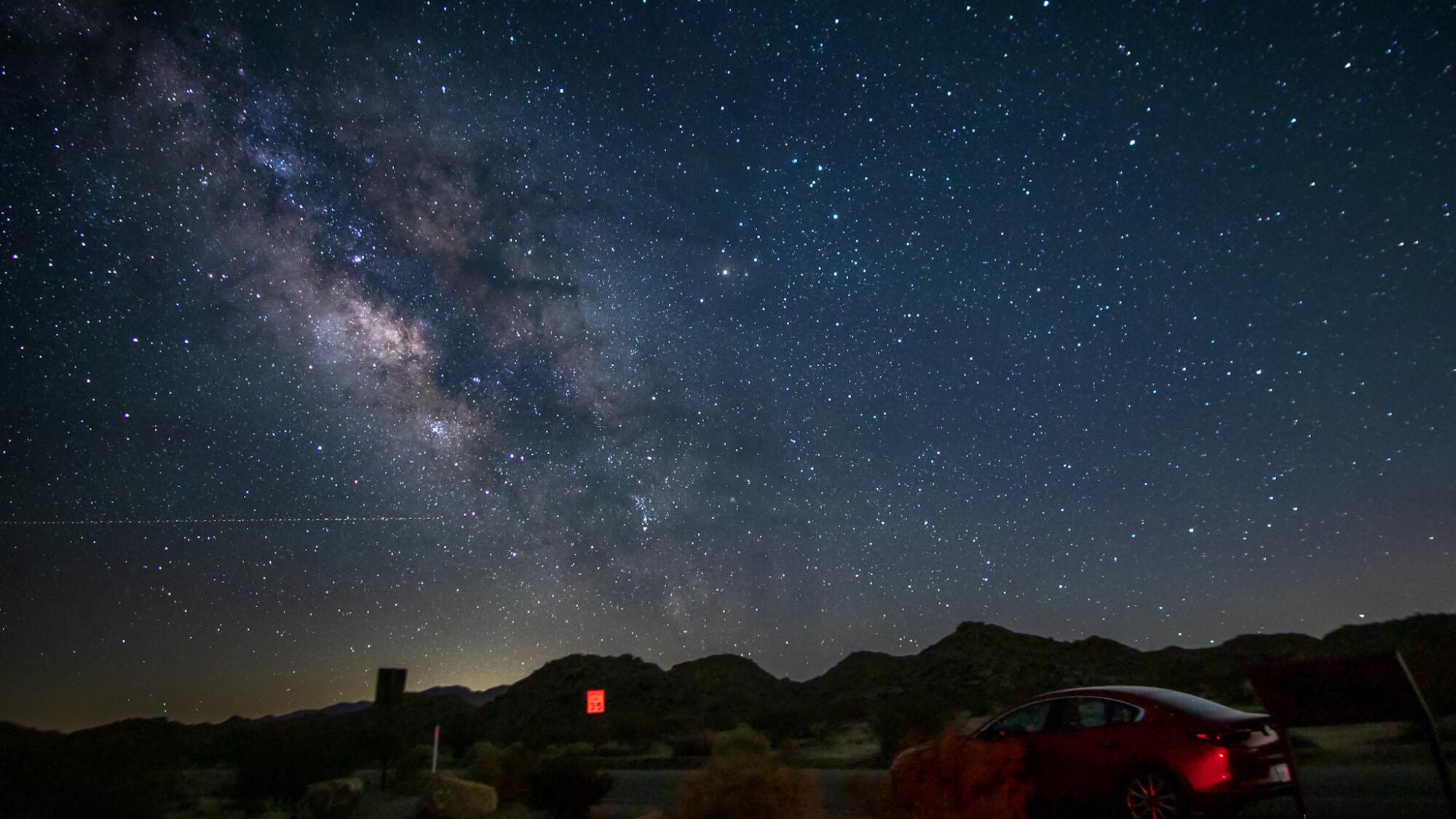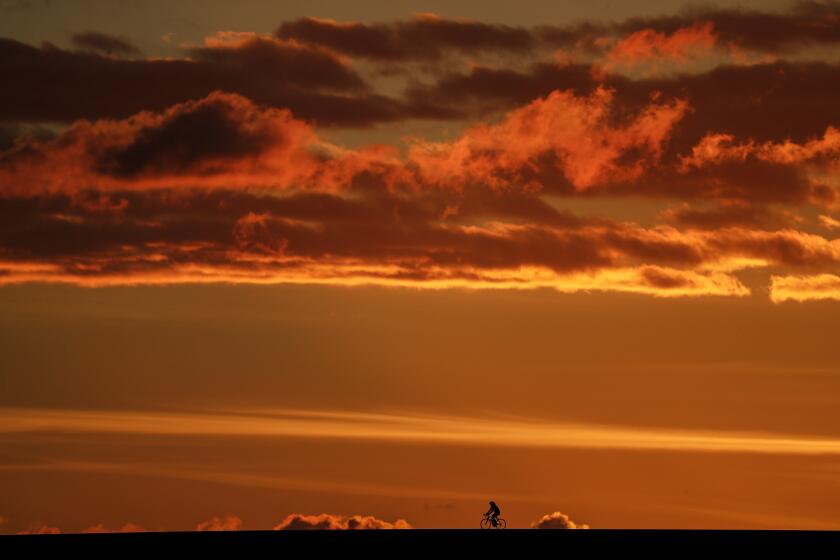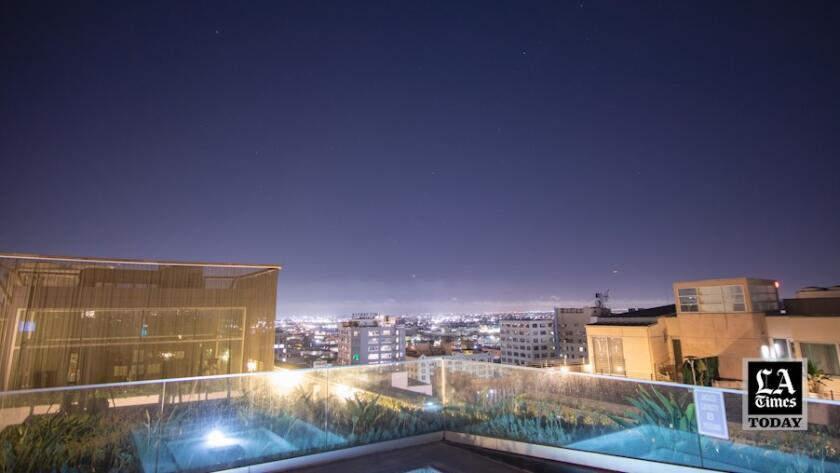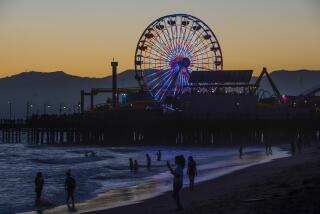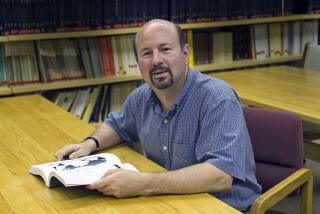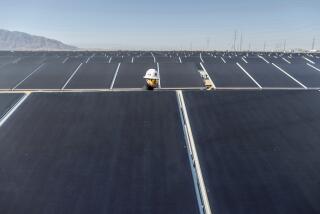The move to more energy-efficient lighting has had an unintended consequence: More light is escaping into the night sky and causing light pollution.
In 2014, Los Angeles cut its annual carbon emissions by 43% and saved $9 million in energy costs by replacing the bulbs in more than half of the city’s street lamps with light-emitting diodes.
That year, the Nobel Prize in physics went to three scientists whose work made those LEDs possible. “As about one fourth of world electricity consumption is used for lighting purposes, the LEDs contribute to saving the Earth’s resources,” the Nobel committee explained when it announced the award.
For more than a century, most sources of artificial light wasted energy in the form of heat. LEDs are much more efficient, requiring less than 25% of the energy consumed by an incandescent lamp. By 2020, LEDs accounted for 51% of global lighting sales, up from just 1% in 2010, according to the International Energy Agency, an intergovernmental organization that analyzes global energy data.
It sounds like a clear win for the environment. But that’s not how Ruskin Hartley sees it.
“The drive for efficient fixtures has come at the expense of a rapid increase in light pollution,” he said.
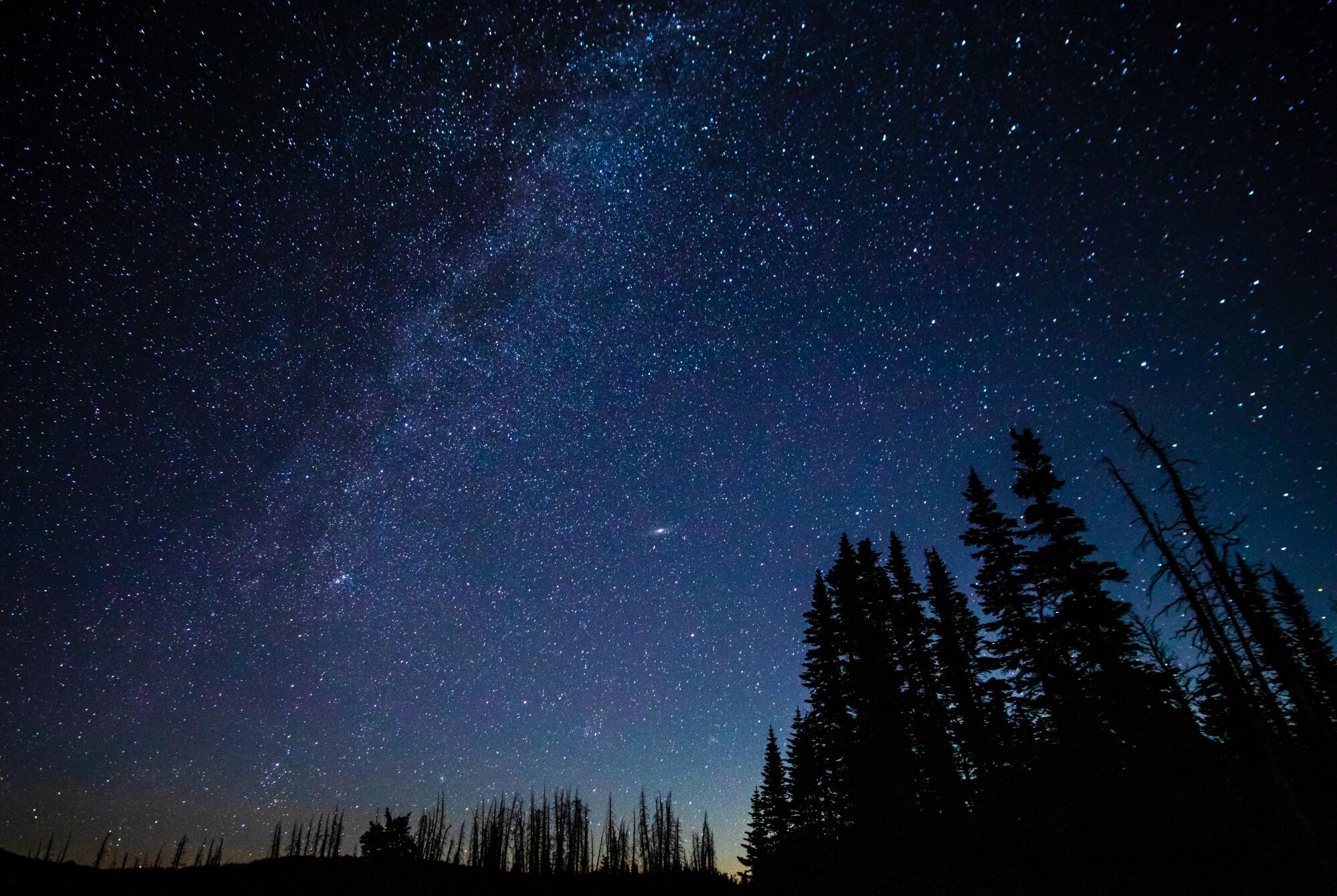
Hartley would know. He’s the executive director of the International Dark-Sky Assn., or IDA, and he’s one of a growing number of people who say the dark sky is an undervalued and underappreciated natural resource. Its loss has detrimental consequences for wildlife and human health.
And yet the public’s embrace of LEDs keeps rising, spilling way too much light into the sky where no one needs it.
“We’ve taken a lot of the energy savings and just lit additional places,” Hartley said. It’s a classic example of the Jevons paradox, in which efficiency gains (such as better automobile gas mileage) are countered by an increase in consumption (people driving more often).
In essence, Hartley and others say, we’ve traded one kind of pollution for another.
The Milky Way arched overhead as photographer Wally Pacholka trudged across an expanse of boulders and sand here, searching for the right spot to plant the tripod of his camera.
That’s not the only problem. In addition to making more light, LEDs have altered its fundamental nature.

The light produced by incandescent bulbs had warmer amber or yellow colors, “more in tune with firelight, the only light aside from starlight we knew,” said Robert Meadows, a scientist with the Natural Sounds and Night Skies Division of the National Park Service. LEDs, in contrast, give off cooler bluish-white tones that exacerbate light pollution for the same reason that the sky is blue.
Sunlight contains the full spectrum of colors, and air molecules happen to be the right size to scatter the shorter blue wavelengths more effectively than any other. This causes blue light to spread more readily in the atmosphere, giving the daytime sky its familiar color.
After the sun goes down, the same thing happens with LED light that spills wastefully into the sky: It gets diffused to a greater extent and increases “sky glow,” the combined radiance of city lights.
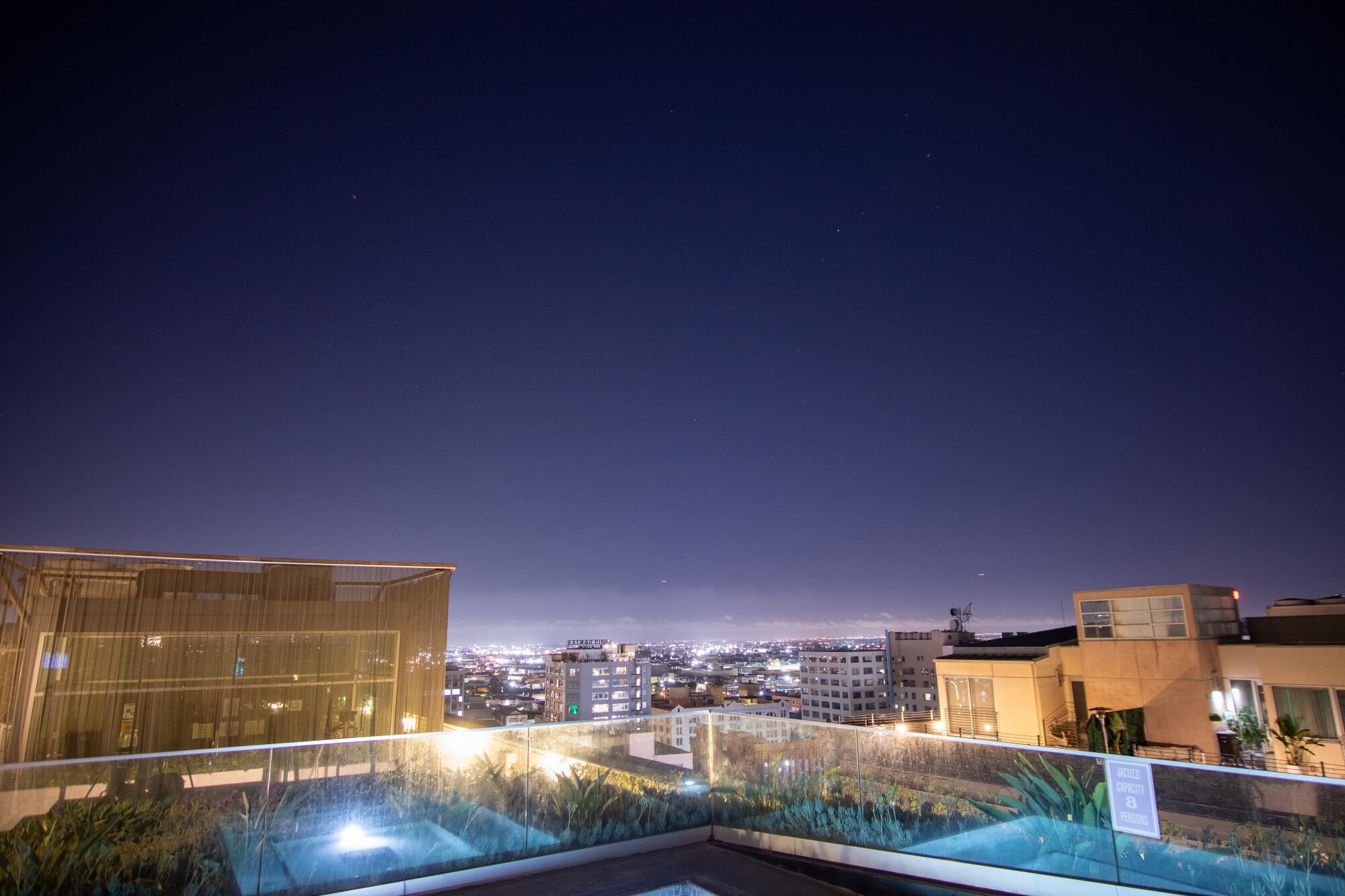
Travis Longcore, an urban ecologist at UCLA, estimates that artificial lighting causes the night sky in Los Angeles to shine 1½ times brighter than a night lit by a full moon. All creatures are affected by the brighter nightscapes, especially those who cannot close the blinds for a sound sleep.
“There are many, many species who don’t go out and forage during the full moon because it’s too bright and they know they’re going to be vulnerable to predators,” he said.
According to the National Audubon Society, 80% of North American migratory bird species fly at night, and they’re confounded by city lights.
What do you look for in a vacation -- rest and relaxation? Gorgeous vistas? Cultural experiences?

Even species that stay put are forced to relocate their homes. A recent study led by Longcore found that Western snowy plovers, a threatened species of shorebird, look for safe roost sites in darker areas of Santa Monica Bay when mostly empty parking lots are illuminated with floodlights all night long.
The survival of wild species depends on the variabilities of the natural world — day and night, seasons, the lunar cycle. Take them away, Longcore said, and you inevitably start alienating species from their natural habitats.

Snakes, for example, are most active and hunt prey during new moon nights. The disappearance of the California glossy snake and the long-nosed snake from Orange County has been attributed largely to the increase in ambient light.
Humans, too, are vulnerable to light pollution. Artificial light blocks the production of melatonin, a hormone that regulates sleep cycles, and disrupted sleep cycles have been linked to an array of health problems. The American Medical Assn. warned in 2016 that high-intensity, blue-rich LED lights were “associated with reduced sleep times, dissatisfaction with sleep quality, excessive sleepiness, impaired daytime functioning, and obesity.”
Longcore calls it “an accident of history” that the first LEDs to become readily available were blue-white in color. LEDs that produce warmer colors with similar levels of efficiency are now available, but the original remains popular with consumers who prefer the way it mimics daylight.
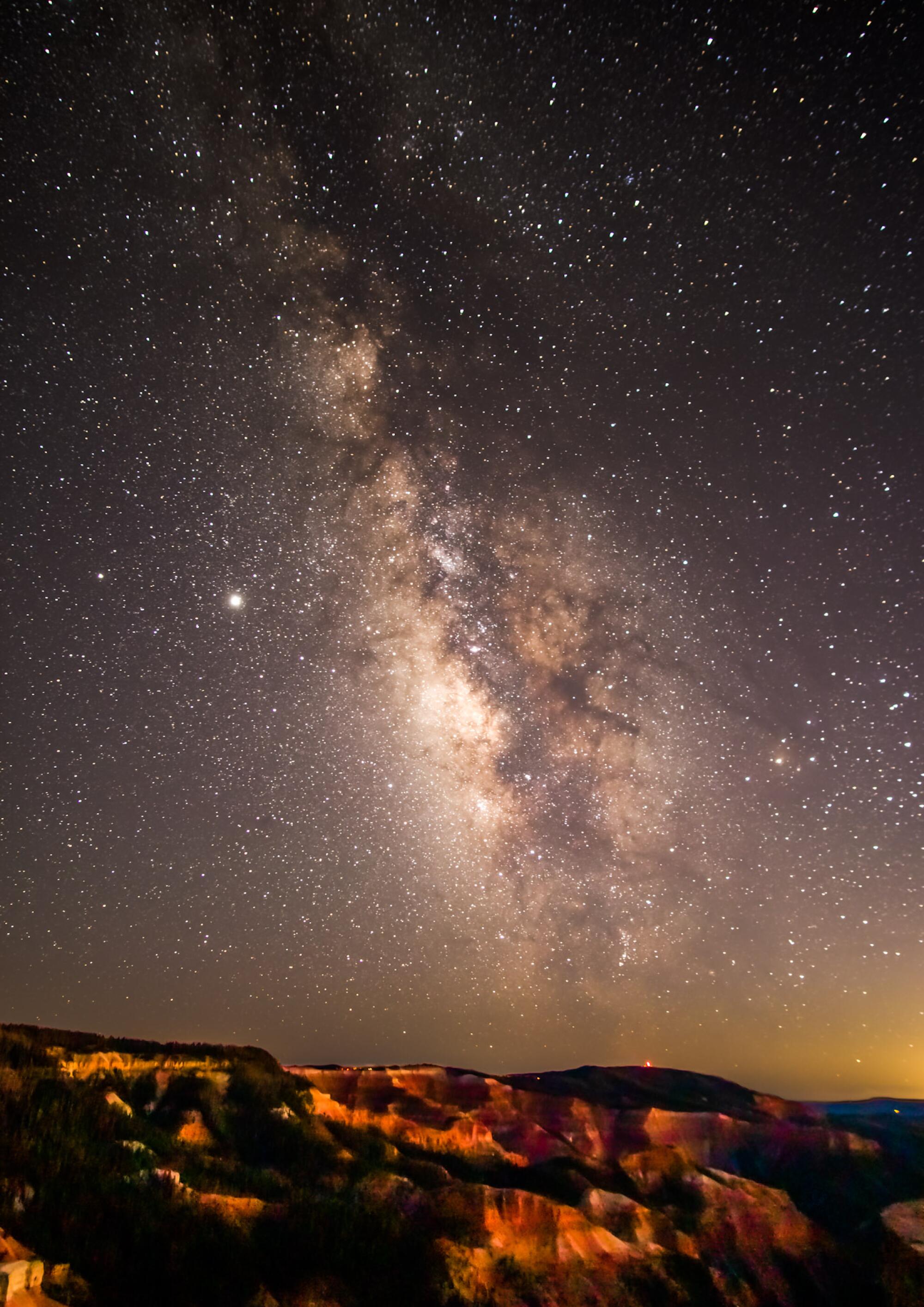
Because of sky glow, light pollution isn’t just a local phenomenon. Even areas hundreds of miles from urban centers cannot escape it.
“You can see Los Angeles from Death Valley at night,” Meadows said.
The reason light pollution is steadily getting worse, Hartley said, is that people aren’t even aware it’s a problem.
“I don’t think anyone intentionally sets out to pollute the night,” he said. But when it comes to lighting up our surroundings for the sake of safety, “there’s an assumption that because a little bit of light is good, more light must be better.”
The one good thing about light pollution is that, unlike pollution caused by chemicals or plastics, it’s fully reversible. Simply turn off enough lights and the dark skies will be back in an instant.
“The solution doesn’t mean plunging us into medieval darkness,” Hartley said. It involves thinking carefully about the purpose of each lamp installed, making sure its light is restricted to its intended space, and turning it on only during the time it is needed.
Concerned about light pollution? Here are steps you can take to preserve dark skies.
Mexico, France and Croatia have enacted national light pollution laws. Since 2013, France has required all shops and offices to turn off their lights after 1 a.m.
Nineteen states, the District of Columbia and Puerto Rico have laws on the books to prevent light pollution. Arizona, home to several large telescopes, requires all exterior lights to be fitted with shields that prevent light from escaping skyward. Some coastal areas in Florida mandate low-power amber lights that won’t draw sea turtle hatchlings away from the safety of the Gulf of Mexico.
No such laws exist in California, but Assemblyman Alex Lee (D-San Jose) introduced a bill that would require all outdoor lights on state government buildings to be shielded and have warmer color tones. They’d also need to be dimmed or shut off at night, though they could turn on if activated by a motion sensor.
Moviemakers, painters and authors have long opined on the quality of L.A.’s light. A Caltech scientist illuminates on why our light is so remarkable.
The bill has passed both houses of the Legislature, and it’s now up to Gov. Gavin Newsom to decide whether to sign it.
Being limited to state property, the bill doesn’t address the worst culprits of light pollution, which include stadium floodlights, industrial lights, outdoor residential lights and streetlights.
Still, Longcore sees it as “a first baby step that has to be taken.” If the government leads by example, more people will recognize the importance of this issue, he said.
Watch L.A. Times Today at 7 p.m. on Spectrum News 1 on Channel 1 or live stream on the Spectrum News App. Palos Verdes Peninsula and Orange County viewers can watch on Cox Systems on channel 99.
